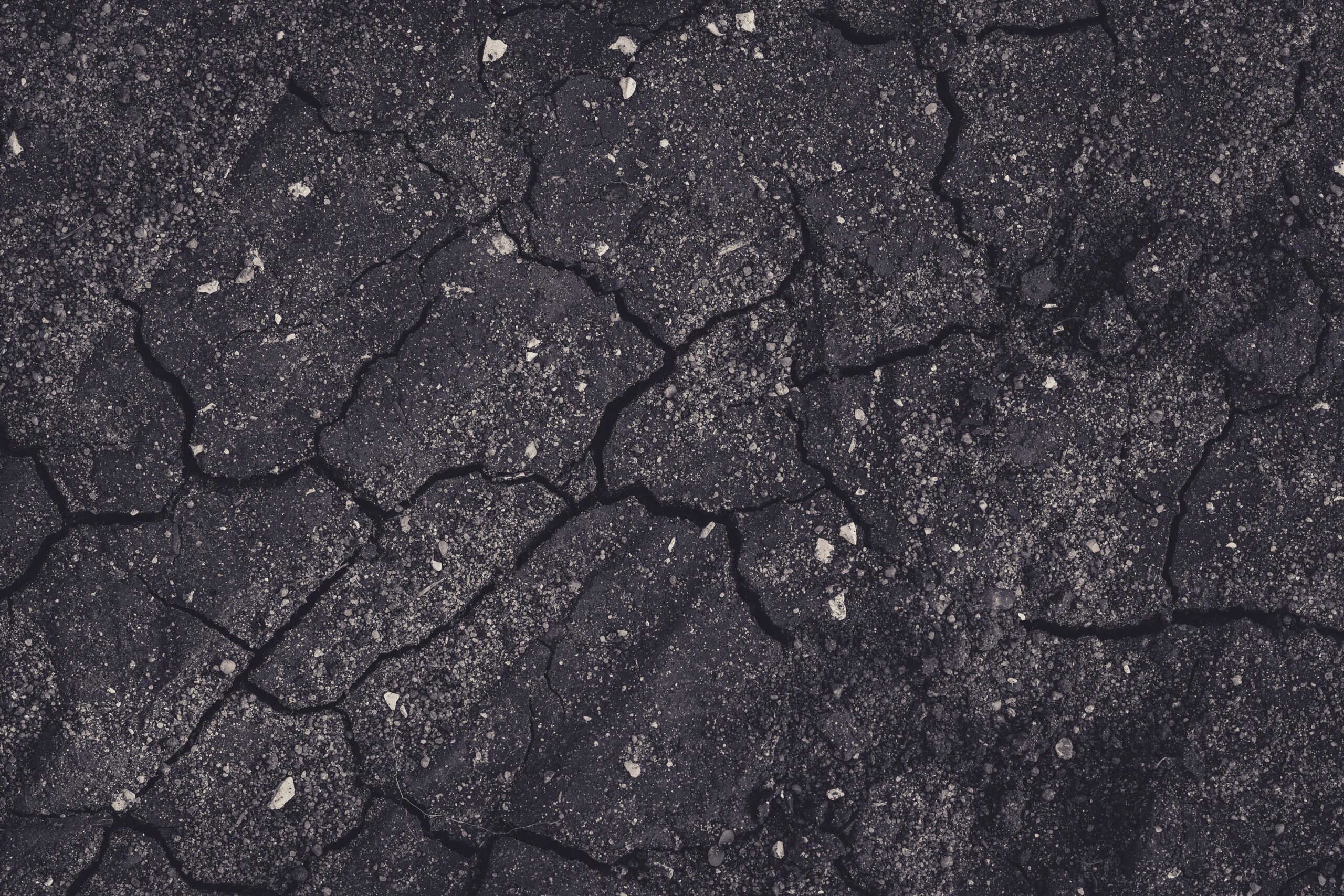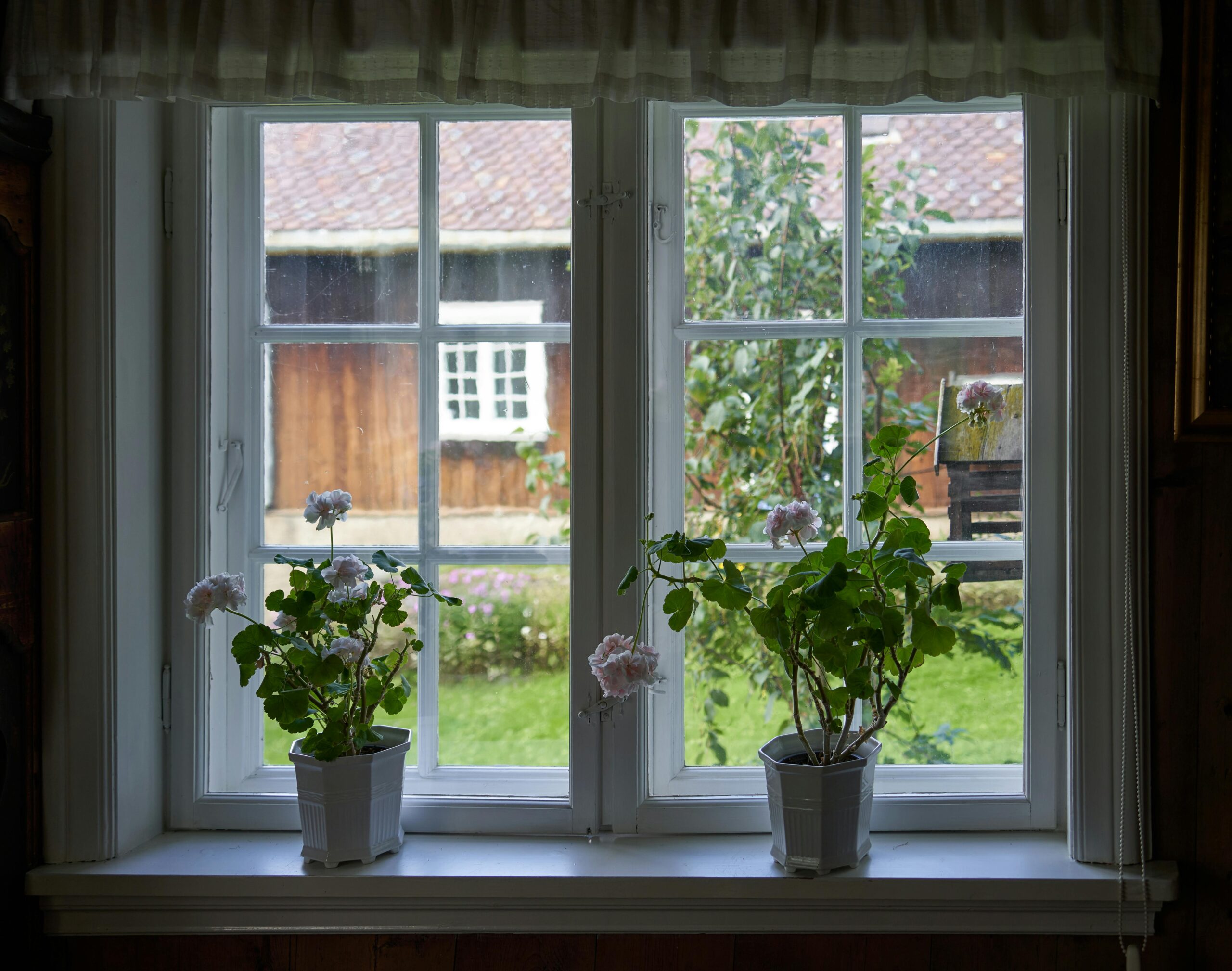An asphalt driveway can significantly enhance your property’s curb appeal while providing a durable surface for vehicles. However, without proper maintenance, even the best-installed driveways will deteriorate prematurely, leading to costly repairs or replacement. Regular asphalt driveway maintenance is essential for preserving its appearance and structural integrity. This article covers critical maintenance practices including sealcoating, crack repair, cleaning techniques, and seasonal care that will help in extending asphalt driveway life by years or even decades.
Why Asphalt Driveway Maintenance Matters
Asphalt driveways are constantly exposed to harsh elements including UV rays, rain, snow, and temperature fluctuations that cause the binding agents in asphalt to break down over time. Additionally, oil leaks, gasoline spills, and the weight of vehicles accelerate deterioration. A comprehensive blacktop maintenance tips program protects your investment by creating a barrier against these damaging factors. Properly maintained asphalt can last 20-30 years, while neglected driveways might need replacement in as little as 5-10 years. Beyond longevity, regular maintenance preserves the smooth, dark appearance that makes asphalt driveways attractive in the first place.
Sealcoating: Your Driveway’s Shield
Sealcoating is perhaps the most important aspect of asphalt driveway maintenance. This protective layer shields the asphalt from water penetration, UV damage, and chemical spills. Experts recommend applying a fresh coat of sealant every 2-3 years, though this may vary depending on your climate and driveway usage. The sealcoating asphalt driveway cost typically ranges from $0.15 to $0.25 per square foot for DIY applications, while professional services may charge $0.35 to $0.65 per square foot. Though it represents an expense, sealcoating is far more economical than premature driveway replacement. The best time to sealcoat is during dry weather with temperatures between 50°F and 90°F, allowing proper curing of the sealant.
Tackling Cracks Before They Expand
Even with regular sealcoating, cracks may eventually appear in your asphalt. These fissures allow water to penetrate beneath the surface, where freeze-thaw cycles can cause significant damage. Addressing cracks promptly through asphalt crack repair DIY methods can prevent more extensive deterioration. For hairline cracks (less than ¼ inch wide), liquid crack fillers work well. Wider cracks require cold-pour or hot-pour fillers that provide better adhesion and flexibility. Before applying any filler, thoroughly clean the crack using a wire brush and remove debris with compressed air or a leaf blower. Allow the repaired area to dry completely before driving on it, usually 24-48 hours depending on weather conditions and the product used.
Cleaning Techniques for Longevity
Regular cleaning is an underappreciated aspect of extending asphalt driveway life. Oil, gasoline, and other automotive fluids can break down asphalt when allowed to sit. Address spills immediately using absorbent materials like cat litter to soak up excess fluid, followed by a degreaser specifically formulated for asphalt. Avoid using harsh chemicals that might damage the surface. Pressure washing your driveway annually helps remove embedded dirt and prevents the growth of moss or algae, especially in shaded areas. However, use caution with pressure settings, as excessive force can damage older or deteriorated asphalt surfaces.
Seasonal Blacktop Maintenance Tips
Different seasons present unique challenges for asphalt driveway maintenance. In winter, avoid using metal shovels that can scrape and damage the surface; opt for plastic shovels instead. Use ice melt products sparingly, as many contain chemicals that accelerate asphalt breakdown. In spring, thoroughly clean the driveway to remove winter debris and salt residue, then inspect for new damage that may have occurred during freeze-thaw cycles. Summer is ideal for repairs and sealcoating projects. Fall maintenance should include clearing leaves and debris that can trap moisture against the surface and cause deterioration.
Edge Support and Drainage
The edges of asphalt driveways are particularly vulnerable to crumbling when they lack proper support. Consider installing edge restraints like bricks, pavers, or metal edging to prevent the sides from breaking apart. Proper drainage is equally critical for asphalt longevity. Your driveway should slope away from your home’s foundation with a gradient of at least 1/8 inch per foot. If water pools on your driveway, consider installing a French drain or adjusting the grade to direct water away properly. When in doubt about complex drainage issues, consult with professionals from AskHomey who specialize in driveway maintenance and can recommend appropriate solutions for your specific situation.
When to Call Professionals
While many asphalt driveway maintenance tasks can be handled as DIY projects, certain situations call for professional intervention. Extensive cracking, potholes, significant drainage issues, or sunken areas often indicate problems with the driveway’s foundation that require specialized equipment and expertise. Professional contractors can also apply higher-quality sealants that may last longer than consumer-grade products. The investment in professional services often pays dividends through extended driveway life and better aesthetic results.
For more tips and to connect with reliable home service professionals, follow AskHomey on Facebook and Instagram.



